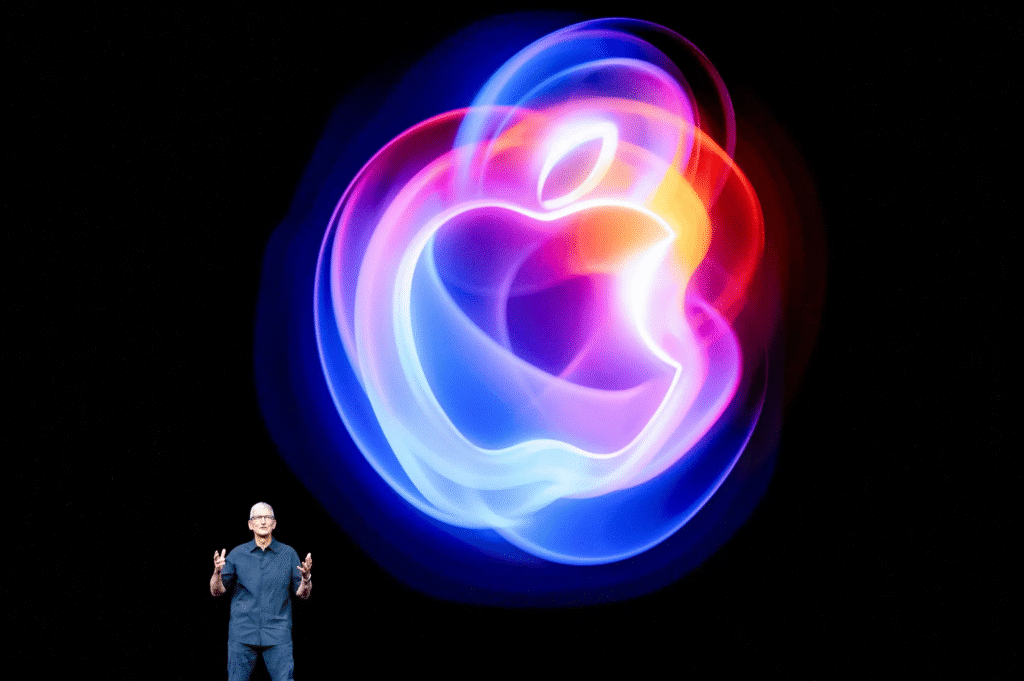Apple has explored the idea of providing cloud computing services to iPhone and Mac app developers. According to The Information, discussions took place over the past few years about renting server capacity powered by Apple Silicon chips. It was aimed to allow the developers to execute activities such as data storage, off-device processing, and AI workloads on Apple infrastructure instead of Amazon Web Services and Google Cloud platforms, or Microsoft Azure.

The Apple executives felt that the performance and power efficiency of Apple Silicon may pass on as a cost savings to developers. Early internal efforts fell under a project known as ACDC, or Apple Chips in Data Centers. Teams built test data centers running private cloud compute on Mac‑class processors. Siri engineers first ran machine learning tasks on these servers and saw improved inference times and lower costs compared to Intel‑based machines.
Drivers and Leadership
Cloud veteran Michael Abbott led the internal discussions. He joined Apple in 2022 to guide enterprise and cloud strategy. Sources say he pushed for a public‑facing service that could package server rentals for third‑party developers. Abbott departed in 2023, but talks continued into 2024 in smaller teams. Apple has not confirmed whether the effort remains active.
Project ACDC and Private Cloud Compute
The ACDC project produced Private Cloud Compute nodes in Apple data centers. Apple Music and Photos have since used the infrastructure to accelerate tasks like image analysis. The same hardware runs Apple Intelligence backend services. In May, reports noted Apple’s work on a next‑generation AI‑focused server chip to replace the M2 Ultra in cloud deployments.
Market Opportunity
Apple spends around seven billion dollars each year on external cloud services for training and hosting. By owning the stack end-to-end, Apple could cut its own costs while offering competitive rates to developers. In 2024, Google Cloud generated forty‑three billion dollars in revenue, or about twelve percent of Alphabet’s total.
Success in cloud services could open a new revenue stream for Apple and strengthen its relationships with the developer community. It would also deepen Apple’s control over performance and security by keeping data and computation within its own network.
Challenges Ahead
Creating an international chain of data centers is a huge endeavour. Apple would have to commission new server rooms, acquire power and cooling resources, and come up with APIs and tools that make development easy on Apple platforms. The emphasis on close integration and privacy may be rewarded with trust, and Google and Amazon are easy targets to aim at potential buyers; however, moving to an AWS, Azure, and Google Cloud market requires considerable investment and sales assistance.
What Comes Next
For now, Apple’s public cloud ambitions remain unconfirmed. Internal teams may still run proof‑of‑concept trials, but there is no commercial offering. Observers will watch future Apple chip roadmaps and data center expansions for clues. If Apple does decide to launch server rentals for developers, it could shift the landscape and add a powerful new piece to its developer platform.

Apple’s ongoing work on Apple Silicon and private cloud computing keeps the door open for an eventual public‑facing service. As the industry moves toward AI and edge computing, Apple’s entry could reshape how developers build and deploy apps in the years ahead.





